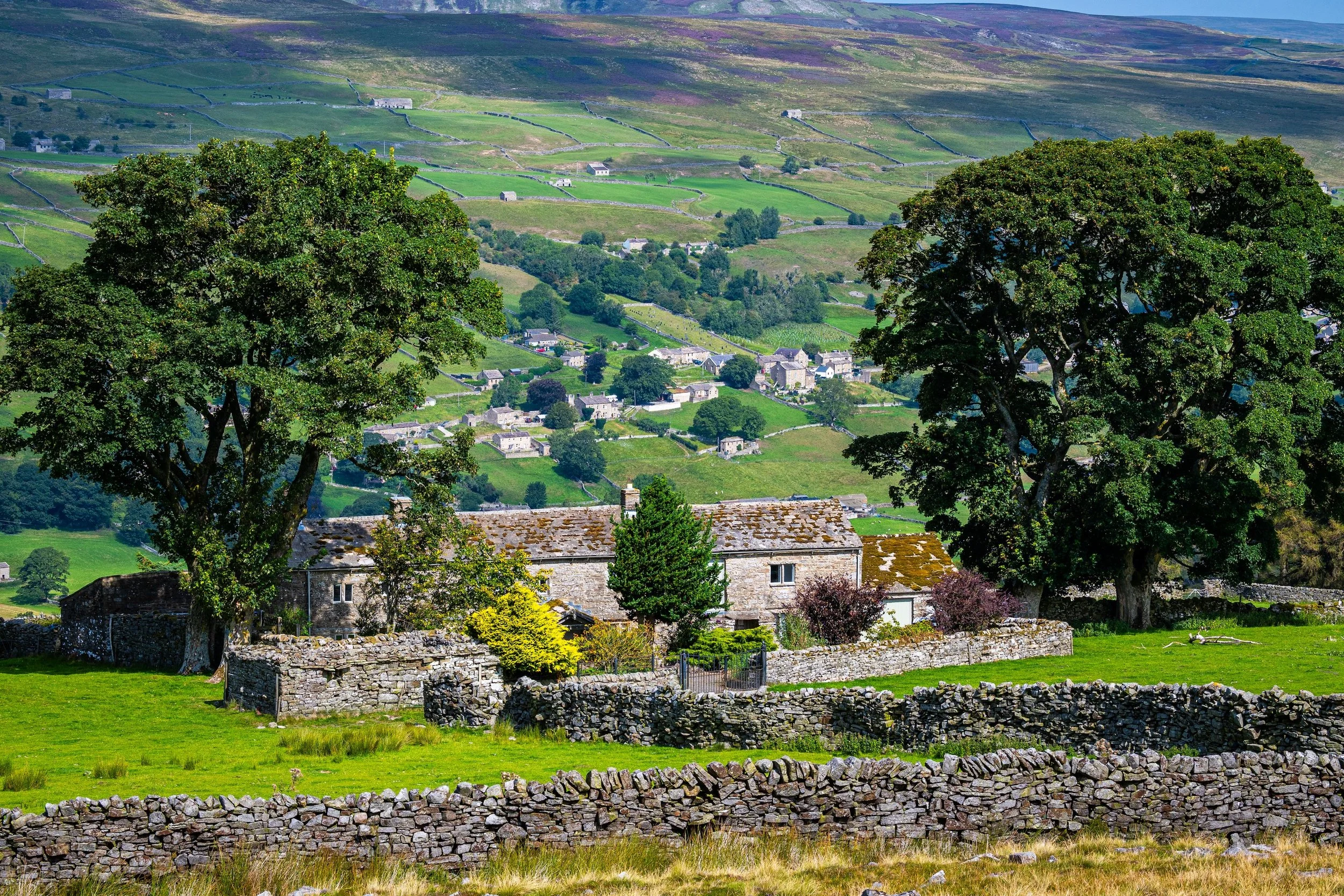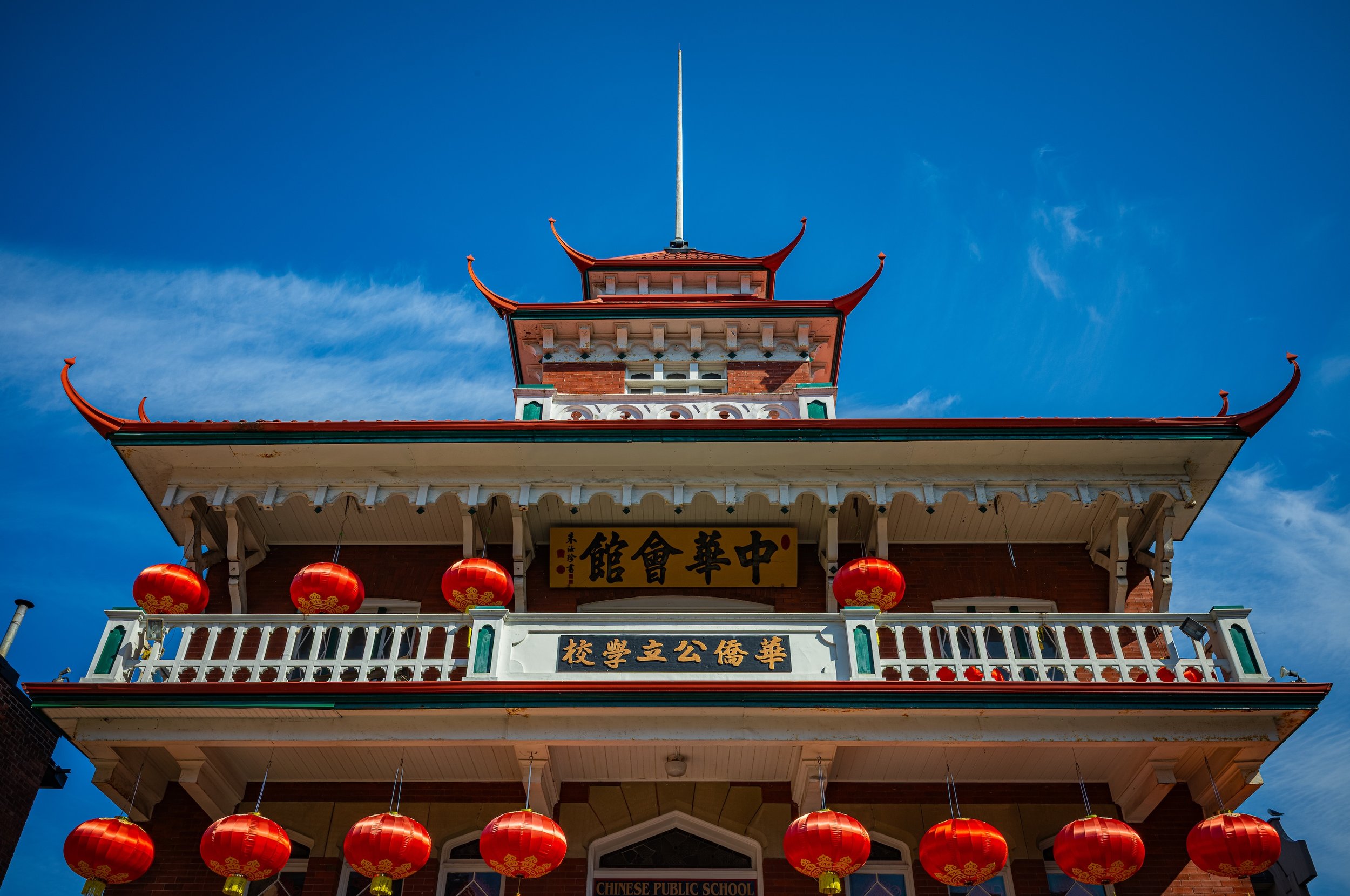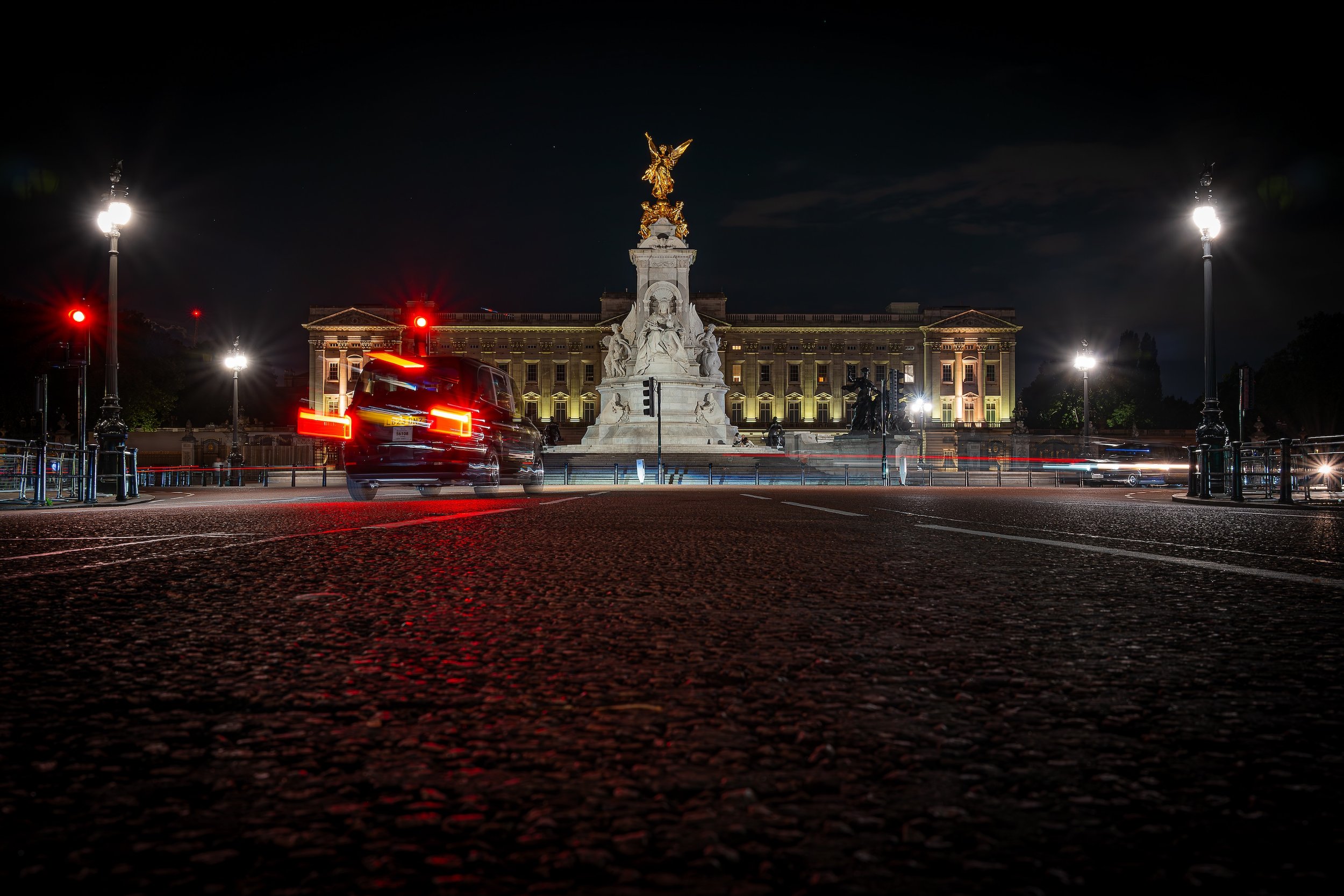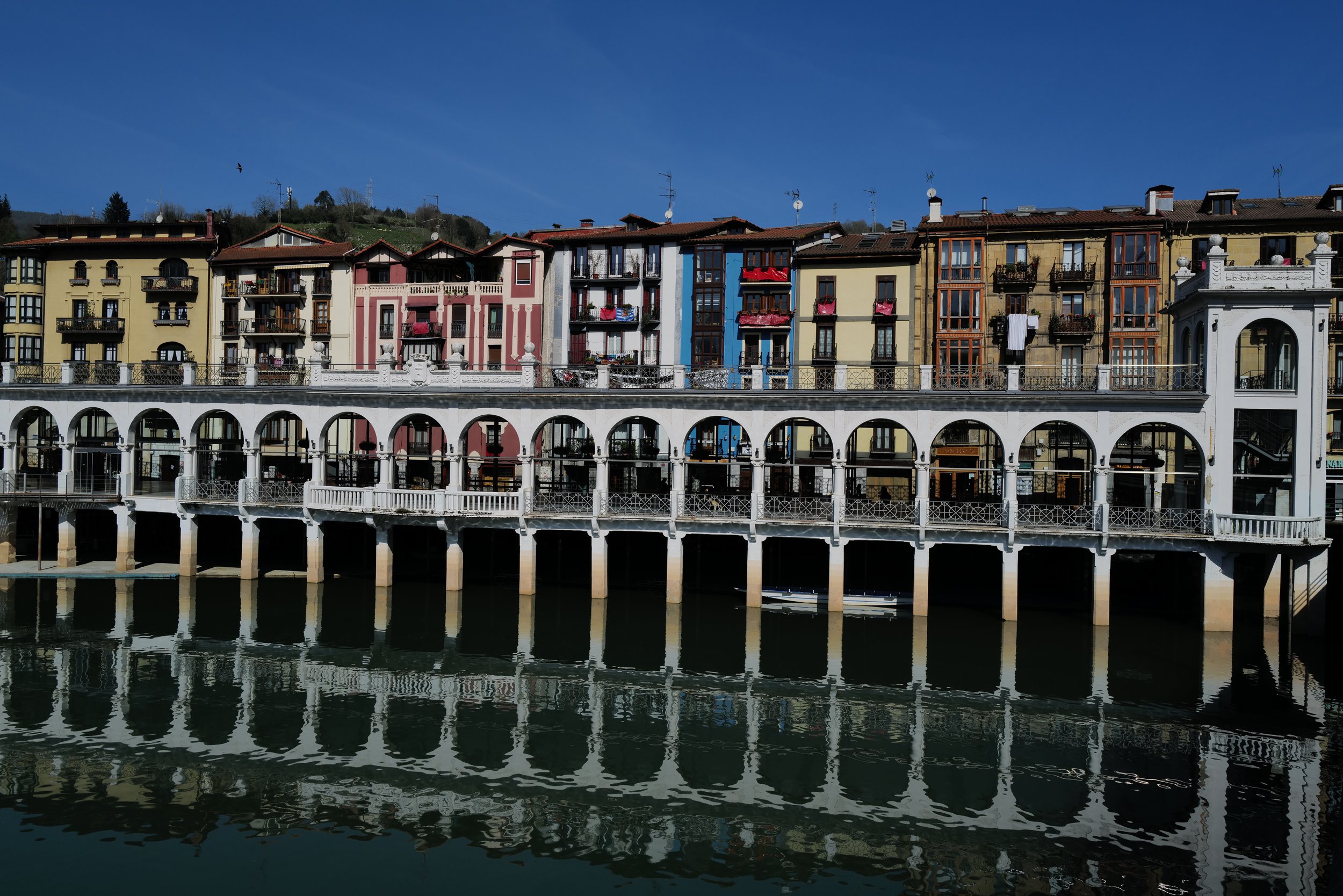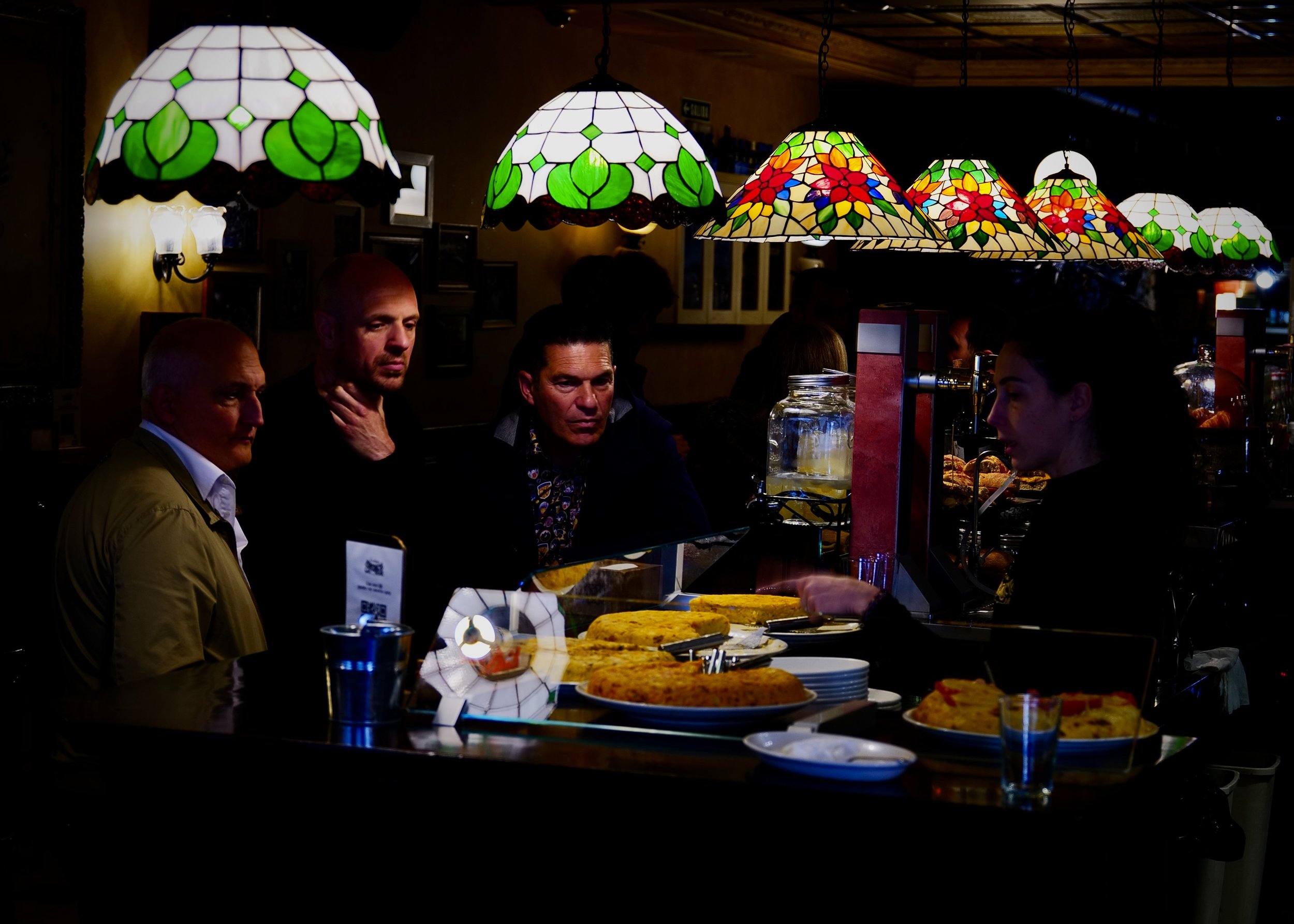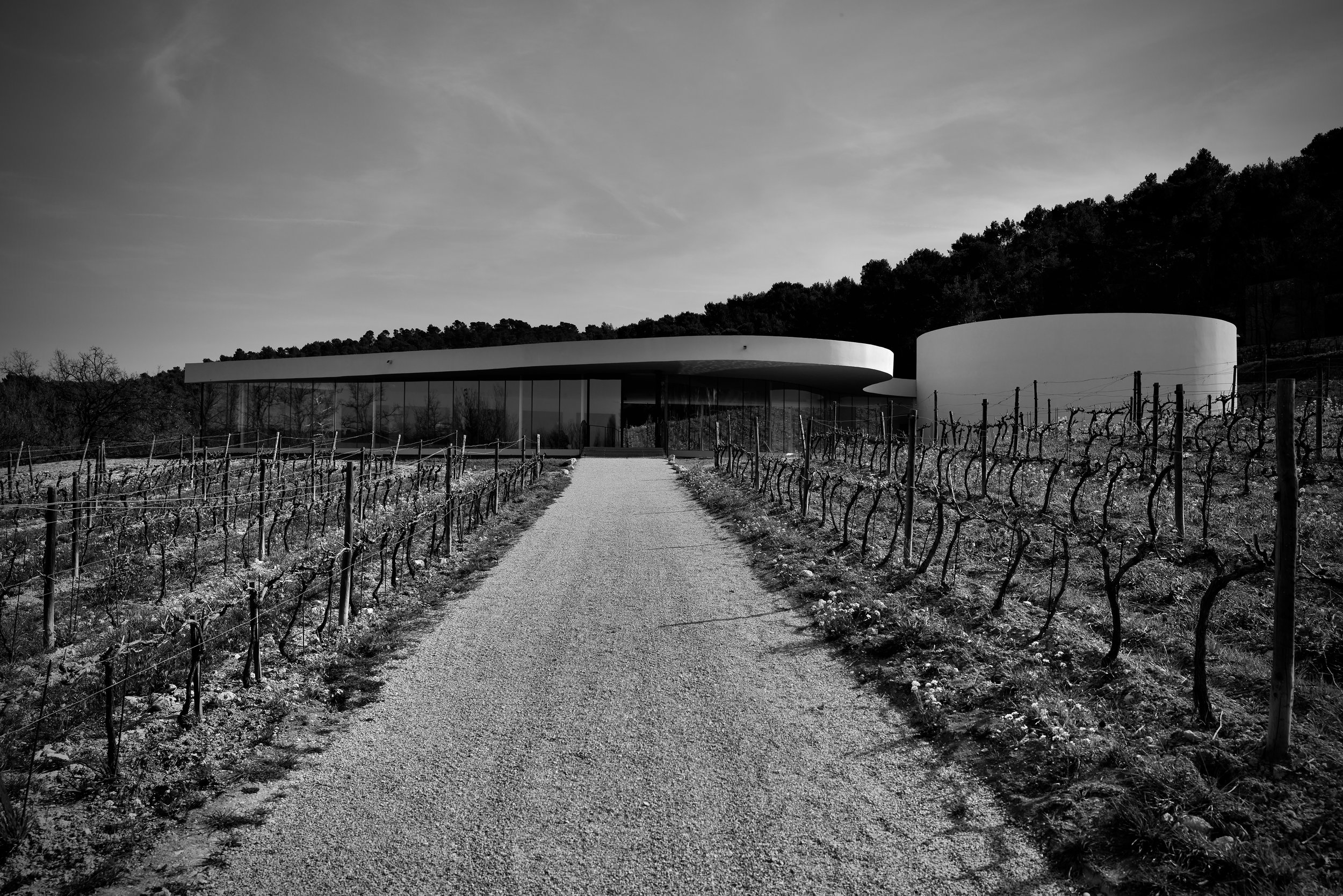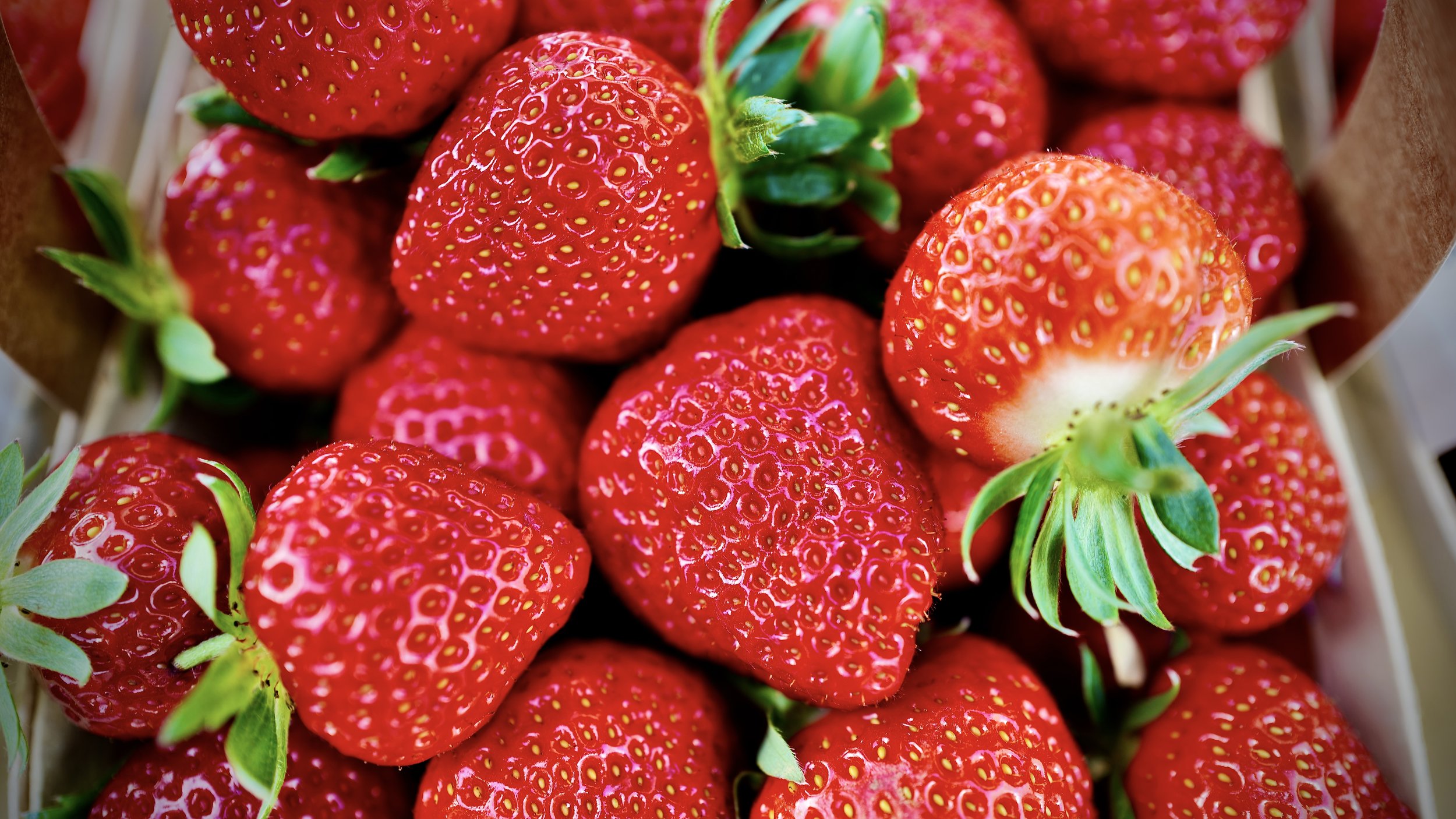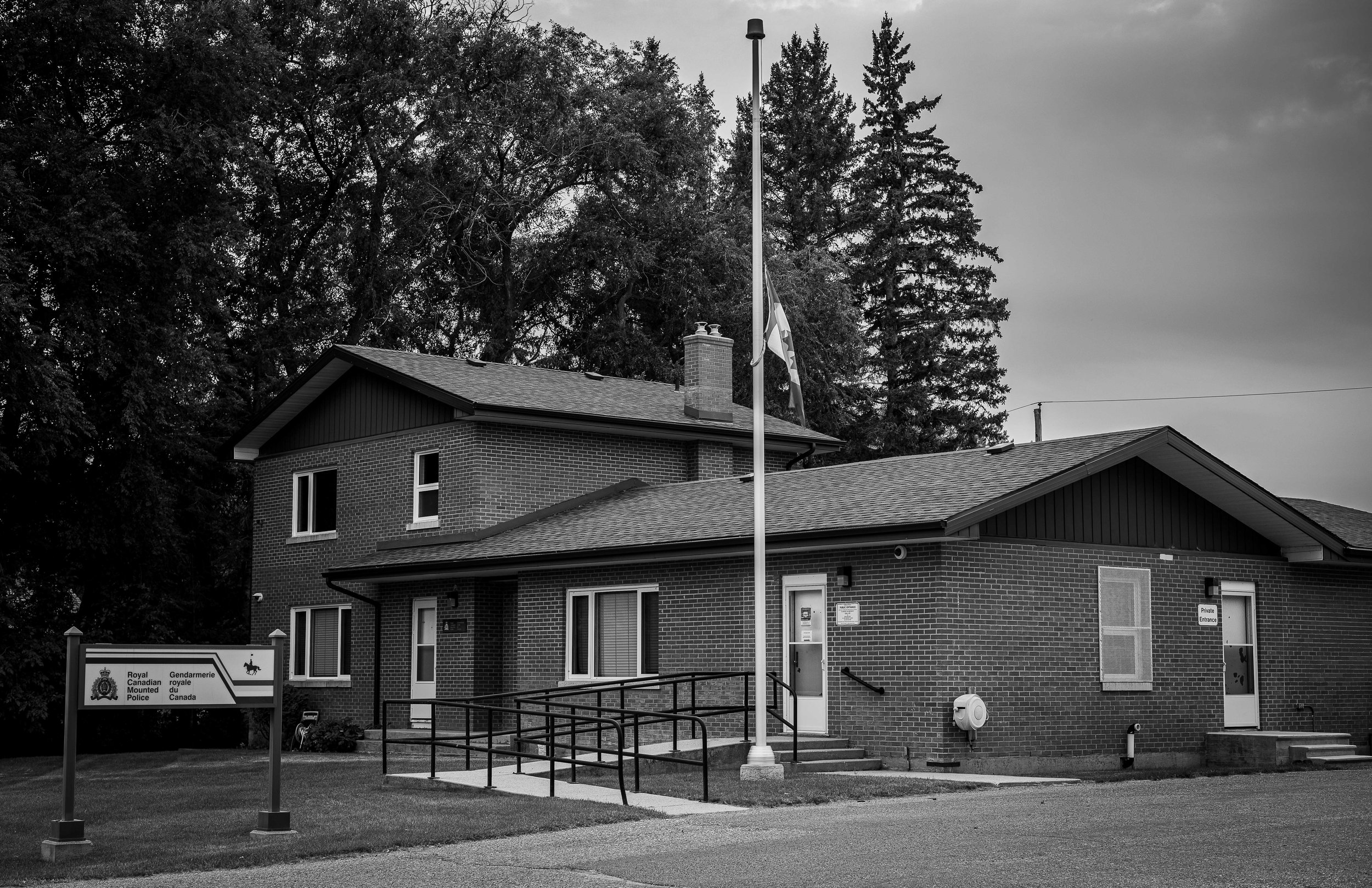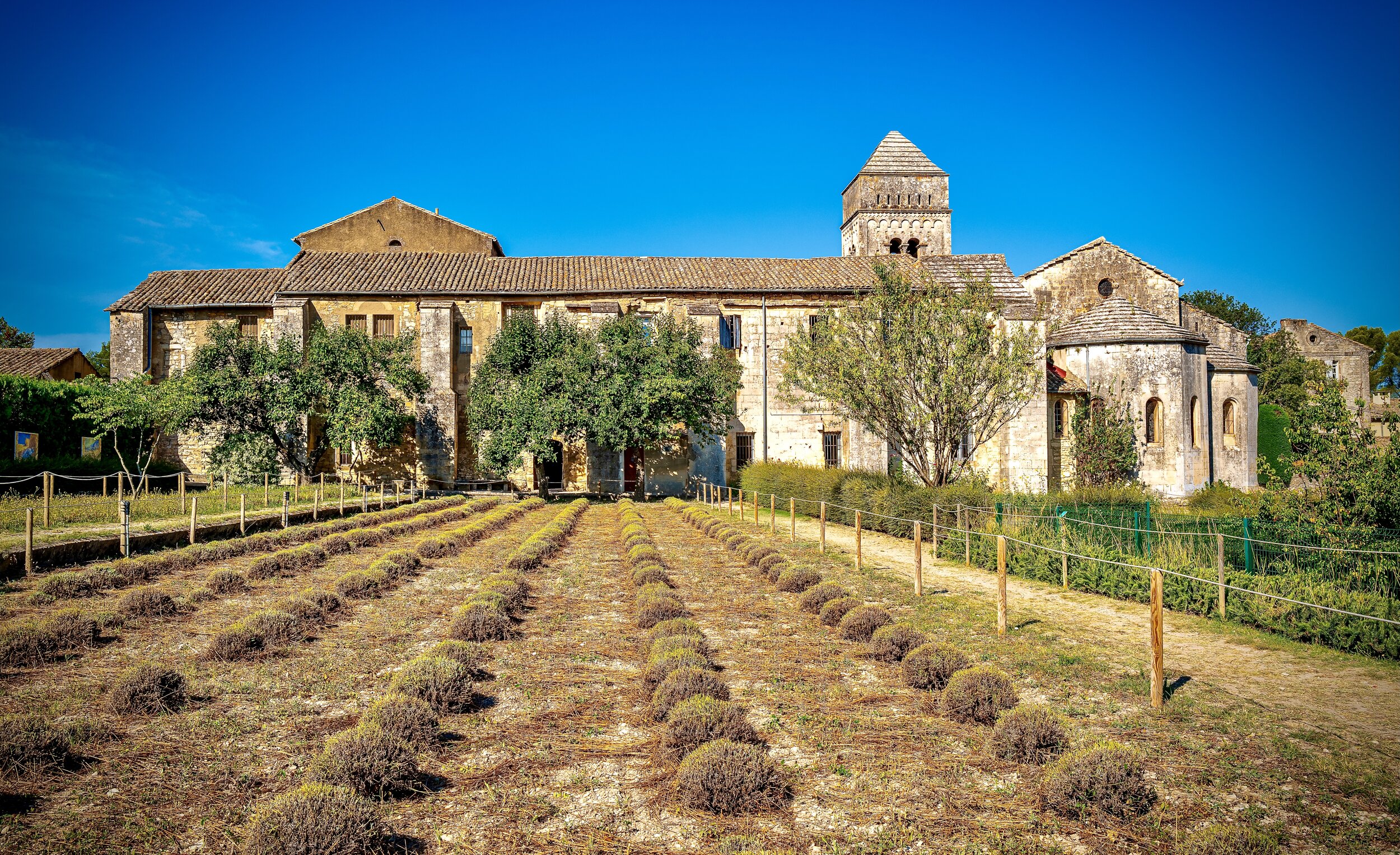UK Travel,
Travelling the Yorkshire Dales,
Yorkshire Dales National Park,
LEICA CAMERAS,
Nikon Cameras,
Leica Colors,
Leica Travel Photography,
Leica Travel Blog
Walkacrossitall
UK Travel,
Travelling the Yorkshire Dales,
Yorkshire Dales National Park,
LEICA CAMERAS,
Nikon Cameras,
Leica Colors,
Leica Travel Photography,
Leica Travel Blog
Walkacrossitall
Read More
British Columbia,
Leica,
Leica Travel Photograpy,
Leica Travel Blog,
TRAVEL CANADA,
LEICA CAMERAS,
Leica M11,
Summilux
Walkacrossitall
British Columbia,
Leica,
Leica Travel Photograpy,
Leica Travel Blog,
TRAVEL CANADA,
LEICA CAMERAS,
Leica M11,
Summilux
Walkacrossitall
Read More
Leica Travel Blog,
LEICA CAMERAS,
Leica Colours,
Leica Mayfair,
Leica AG,
Travel Photography,
London,
Royalty,
Pubs,
Beer
Walkacrossitall
Leica Travel Blog,
LEICA CAMERAS,
Leica Colours,
Leica Mayfair,
Leica AG,
Travel Photography,
London,
Royalty,
Pubs,
Beer
Walkacrossitall
Read More
Leica Travel,
LEICA CAMERAS,
Leica Q2 Ghost,
Leica Q2,
Spanish Food,
Steakhouse,
Casa Julian,
Best Steak in the world,
Wanderlust,
Leica Sl2-S,
Leica M Cameras
Walkacrossitall
Leica Travel,
LEICA CAMERAS,
Leica Q2 Ghost,
Leica Q2,
Spanish Food,
Steakhouse,
Casa Julian,
Best Steak in the world,
Wanderlust,
Leica Sl2-S,
Leica M Cameras
Walkacrossitall
Read More
Food,
Spain,
Basque,
Pintxos,
Leica,
LEICA CAMERAS,
Leica Photography,
Leica Q2 Ghost,
Leica Q2,
Travel
Walkacrossitall
Food,
Spain,
Basque,
Pintxos,
Leica,
LEICA CAMERAS,
Leica Photography,
Leica Q2 Ghost,
Leica Q2,
Travel
Walkacrossitall
Read More
LEICA,
LEICA CAMERAS,
LEICA Q2,
MONOCROM,
MONOCROME,
BLACK AND WHITE PHOTOGRAPHY,
Travel Blog,
TRAVEL
Walkacrossitall
LEICA,
LEICA CAMERAS,
LEICA Q2,
MONOCROM,
MONOCROME,
BLACK AND WHITE PHOTOGRAPHY,
Travel Blog,
TRAVEL
Walkacrossitall
Read More
LEICA,
LEICA CAMERAS,
LEICA Q2,
Leica Photography,
Travel,
Travel Blog,
South of France,
Living in the South of France
Walkacrossitall
LEICA,
LEICA CAMERAS,
LEICA Q2,
Leica Photography,
Travel,
Travel Blog,
South of France,
Living in the South of France
Walkacrossitall
Read More
history,
travel,
london,
east london,
LEICA CAMERAS,
Leica M10-R,
Leica SL2-S,
Pubs
Walkacrossitall
history,
travel,
london,
east london,
LEICA CAMERAS,
Leica M10-R,
Leica SL2-S,
Pubs
Walkacrossitall
Read More
Street Photography,
Leica,
LEICA CAMERAS,
Leica M10-R,
Europe,
London,
Paris,
Rome,
Venice,
Wanderlust
Walkacrossitall
Street Photography,
Leica,
LEICA CAMERAS,
Leica M10-R,
Europe,
London,
Paris,
Rome,
Venice,
Wanderlust
Walkacrossitall
Read More
Leica M10-R,
LEICA,
LEICA CAMERAS,
CANADA,
TRAVEL CANADA,
Travel Blog,
BLACK AND WHITE PHOTOGRAPHY,
B&W,
MANITOBA,
CARBERRY,
WANDERLUST
Walkacrossitall
Leica M10-R,
LEICA,
LEICA CAMERAS,
CANADA,
TRAVEL CANADA,
Travel Blog,
BLACK AND WHITE PHOTOGRAPHY,
B&W,
MANITOBA,
CARBERRY,
WANDERLUST
Walkacrossitall
Read More
LIFE IN PROVENCE,
Living in the South of France,
South of France,
LEICA CAMERAS,
Leica M10-R,
Leica Q2,
Wanderlust,
France,
Retirement in France,
Travel,
Landscape Photography,
travel photography
Walkacrossitall
LIFE IN PROVENCE,
Living in the South of France,
South of France,
LEICA CAMERAS,
Leica M10-R,
Leica Q2,
Wanderlust,
France,
Retirement in France,
Travel,
Landscape Photography,
travel photography
Walkacrossitall
Read More
